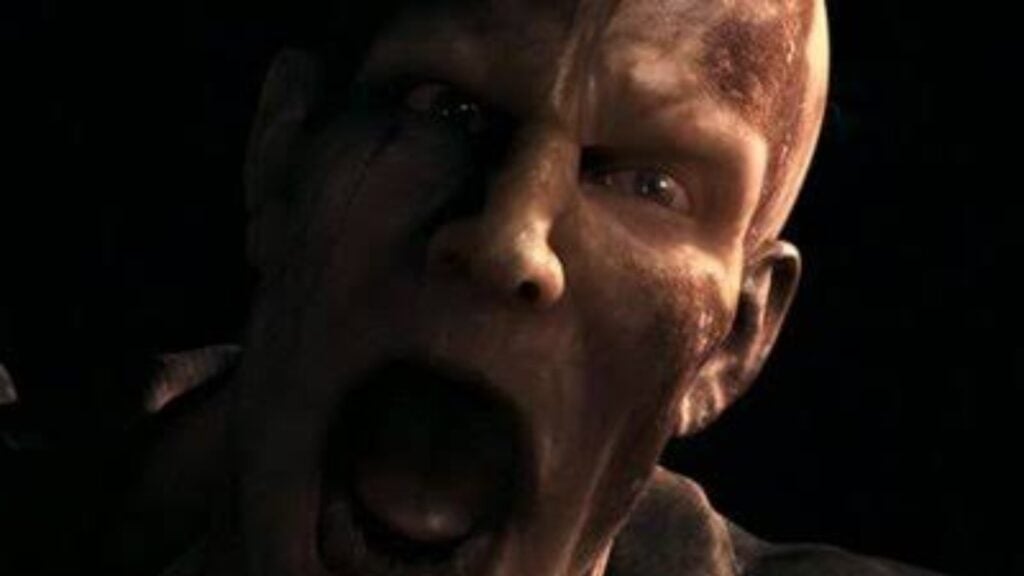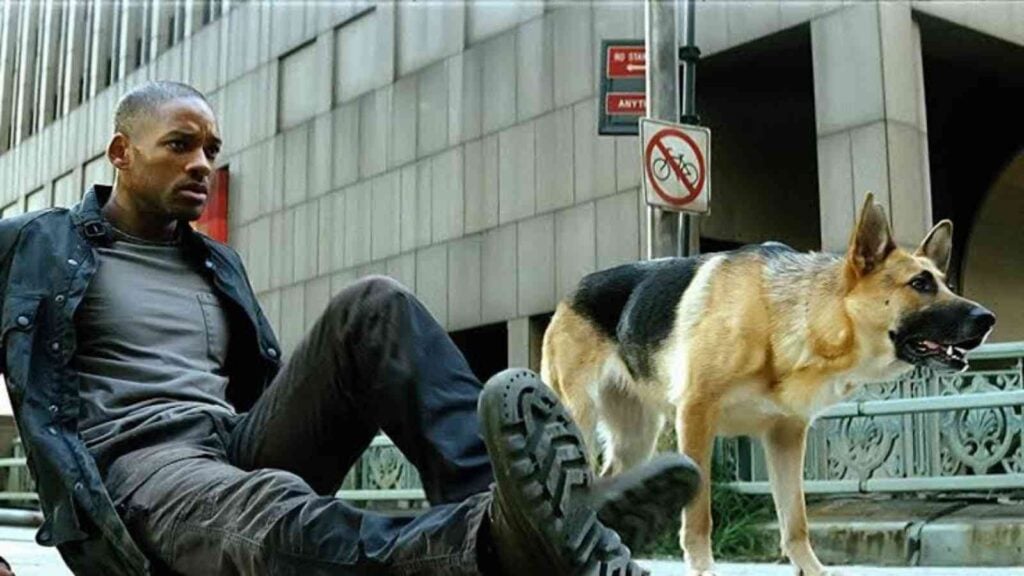Will Smith‘s portrayal of Robert Neville in ‘I Am Legend’ left audiences grappling with questions of survival, isolation, and humanity. While the theatrical ending delivered a heart-wrenching sacrifice, the film’s alternate conclusion takes a more introspective route.
It offered a glimpse into the complexities of the infected creatures and the true cost of Neville’s actions. Additionally, instead of focusing on the more viable part, it sheds light on how blurry things can get in a post-apocalyptic world.
Related: ‘Fallout’: A Wasteland Of Hits And Misses
‘I Am Legend’s Book Ending Unveiled The Humanity That The Infected Had Left Despite Their Fate

The theatrical ending painted a clear line between “us” and “them.” Neville, the lone survivor in a world overrun by Darkseekers (the infected humans), saw himself as the last bastion of hope, clinging to a past humanity might never reclaim. The alternate ending, however, throws a wrench into this black-and-white narrative.
Additionally, the key difference lies in a seemingly insignificant detail. In the alternate ending, Neville captures a female Darkseeker who appears to be cured thanks to his experiments. As he restrains her, she displays a now-iconic gesture – a butterfly tattoo revealed on her arm. This simple act triggers a revelation for Neville.
The butterfly is a symbol of hope and transformation, a stark contrast to the mindless rage previously associated with the Darkseekers. This gesture suggests a level of self-awareness and perhaps even a longing for the life they once knew.
Neville, confronted with this newfound understanding, is forced to confront the brutal reality of his actions. He’s been hunting and experimenting on beings who might not be the mindless monsters he perceived them to be.
In case you missed it: Top 5 Dystopian New World Shows To Watch Now
The Alternate Ending Focuses On Neville’s Humanity Rather Than Offering A Clear Path

The alternate ending isn’t just about the infected; it’s about Neville’s own humanity. His isolation has fueled a sense of righteousness, a belief that he’s the only one worthy of surviving. However, the Darkseekers’ gesture shatters that illusion. Neville is forced to grapple with the possibility that he’s become the villain in his own story, clinging to a past that might be better left behind.
Additionally, the alternate ending, while bleak, offers a more nuanced perspective. It doesn’t shy away from the harsh realities of a post-apocalyptic world, but it injects a layer of empathy and complexity. The line between human and monster blurs, forcing us to question who the real “legends” are in this desolate landscape.
Moreover, it also paves the way for a more hopeful future. With Will Smith confirmed to return in ‘I Am Legend 2,’ the story explores the possibility of coexistence between Neville and the infected, a world where humanity can rise from the ashes. There are a few key reasons why the alternate ending didn’t make the final cut.
Why The Alternate Ending Didn’t Make The Final Cut In ‘I Am Legend’

The alternate ending is a slower burn, taking time to explore the emotional weight of Neville’s discovery. This introspective approach might have felt jarring after the action-packed climax of the film. Additionally, test audiences reportedly found the ending confusing and slow-moving.
The theatrical ending hinges on Neville’s heroic sacrifice. He gives himself up to save Anna and Ethan, a moment of selflessness that resonated with audiences. However, in the alternate ending, Neville potentially co-existing with the infected, muddied the waters of this clear-cut heroism.
Additionally, it hints at the infected’s intelligence and humanity, a departure from the clear-cut “monster vs. man” narrative of the theatrical cut. While intriguing, this ambiguity might have left viewers unsure of how to feel about the creatures. Moreover, the book ending may not have made it to the big screen. However, it makes us think about a haunting reminder that survival often comes at a steep moral cost.
You might like to read:





